|
Trying to fit in a solid workout in the holidays is easier said than done. But if you normally exercise for 30-45 mins you could do 3 mini workouts throughout the day instead.
For example, you could do three 4 minute Tabata style workouts throughout the day. So here’s how a holiday day will look... Roll out of bed and run through the warm up. WORKOUT #1 (Morning) Follow the 20/10 Tabata protocol of 20 seconds of work followed by 10 seconds of rest. Alternate a round of jump rope with a round of burpees for 8 total rounds (4 per exercise). Jump Rope x 20 seconds Rest 10 seconds Burpee x 20 seconds Rest 10 seconds Complete 8 total rounds Don't have a jump rope or a place to do it? Fake it! Do the motion without the jump rope! Or, jog in place. Or perform jumping jacks or seal jacks. WORKOUT #2 (Lunch) Complete AMRAP (as many rounds as possible) in 4 minutes Reverse Lunge to Knee Strike (5 per side) Skater Hops (4 per side - 8 total) Alternate Forward Jump Lunges (3 per side - 6 total) Spiderman Push Up (2 per side - 4 total) Burpee (1) WORKOUT #3 (Evening) Follow the 20/10 Tabata protocol of 20 seconds of work followed by 10 seconds of rest. Alternate a round of body weight squats (do jump squats if this is too easy) with a round of push ups for 8 total rounds (4 per exercise). This would be: Bodyweight Squat x 20 seconds Rest 10 seconds Push Ups x 20 seconds Rest 10 seconds Complete 8 total rounds If you really want to crush this workout, make it 16 rounds so it's a full Tabata-style (8 rounds x 4 minutes) for each exercise. This is probably a much better option if it's the only workout you are doing that day, not as the third and final workout in the same day! While it's crucial for your long term health and fitness success to follow a well-designed training program and not just work out, sometimes the ability to get in any type of workout can keep us going. Hitting random, short, but tough multi-workouts when things are really hectic can be just what we need to keep us from stopping cold turkey! So that's it for our Secrets to Hijacking and Obliterating the Holiday Weight Gain Series! I hope you have found it helpful and have maybe given a few things a try. Here's wishing you a very Merry Christmas!
0 Comments
The Tabata workout system is a version of the High Intensity Interval Training program developed by Professor Izumi Tabata as training for Olympic speedskaters in 1996.
The results studies conducted on the training program confirm that even a four minute cardiovascular exercise routine improves a person’s level of fitness. Through the professional athlete community, the Tabata workout soon became known as “The 4-Minute Miracle” and it opened a whole new world of how professional athletes exercised and kept in shape which is perfect for the busy holiday period. HOW DOES TABATA WORK? Tabata engages your body’s aerobic and anaerobic systems to do the job. For those of you who don’t know the difference between aerobic and anaerobic, here is a brief explanation of the two: AEROBIC: This is the type of exercise you’re most familiar with for a cardio workout. Aerobic exercises use your cardio respiratory system, i.e., heart, lungs and blood vessels. Aerobic actually translates to “with oxygen” and uses the oxygen for fat and carb burning to produce energy. In an aerobic exercise, you use arms and legs in repetitive movements. ANAEROBIC: These exercises target the muscles in your body. Training anaerobically means training without oxygen. Anaerobic exercise is defined as short duration, high intensity exercise which are very short in duration - seconds to 2 minutes. When using the Tabata method, you’re working out intensely for short bursts and then recovering for a short amount of time as we covered above. INTENSITY LEVELS OF TABATA TRAINING: You should have a good idea about your level of fitness before you engage in Tabata exercise. Even though the workouts are short in duration, they’ll tax you to your limits, so you should already have a decent level of cardiovascular fitness before you try it. Four minutes doesn’t sound like a long amount of time, but if you’re not in shape, your heart rate will soon be getting elevated through the roof. So to gauge your level, below are explanations of the 3 different fitness levels and respective levels of HIIT. Here’s how Tabata training works at all three levels: BEGINNER: Choose any exercise you’re comfortable with. Many people choose a treadmill. You’ll want a timer so that you don’t always have to look at the clock. Perform the Tabata workout on a ration of 1:3 (for example 20 seconds of intense sprinting to 60 seconds of walking.) INTERMEDIATE: If you’ve been going to the gym and are in good shape, you can move into the intermediate level of Tabata training which means that you may be able to maintain a 2:3 or 2:2 ratio. Don’t be surprised if it’s too difficult and you have to decrease the intensity to a beginner level. Tabata is tough at first, but you can work your way up to intermediate by keeping at it. ADVANCED: (Athlete) Professional athletes or those who are in top shape may be able to begin Tabata at its original level developed for Olympian speed skaters. This level of interval training is extremely difficult to perform and you may have to decrease the intensity if you find that it’s just too much. A typical Tabata protocol for a BEGINNER would look like the following timetable if you were working out on a treadmill: * Warm up to prevent injury by walking briskly for 2 minutes. * Run at a sprint as hard as you can for 10 seconds. * Walk to recover for 30 seconds. * Sprint with intensity for another 20 seconds. * Recover for 60 seconds. * Repeat 8 times. * Cool down. And here is an ADVANCED variation of the tabata workout using 4 bodyweight exercises: * Jumping Jacks * High knees * Squats * Push ups You’ll start by doing jumping jacks as fast as you can for 20 seconds. Then you’ll rest for 10 seconds. Then you’ll move on to high knees for 20 seconds and rest for 10 seconds. Continue on with squats and push ups in the same manner. After you’ve gone through all four exercises you’ll repeat the cycle one more time. Cool Down. Following the 4 minutes of HIIT you’ll need to cool down. You can walk or jog anywhere from 5-10 minutes. In Tabata research studies, the cool down was performed for the entire 10 minutes. You’ll also need to stretch, paying attention to the specific muscles you worked throughout the 4 minute session. So all up a full workout with warm up and cool down done in 20 minutes! So if this sounds like the training for you, come back at 9am tomorrow for a Full Example Day Of Holiday Exercise Routine! Like I said earlier in this holiday guide, you won't need to increase your training time and spend hours in the gym. But you will need to ramp up your training intensity.
INCREASING INTENSITY: This means a program that includes the following: Shorter rest periods between sets (10 seconds to a minute, tops!). Don't rush the performance of the exercise itself but you want to limit your rest period between sets and exercises. Include intensity techniques such as supersets, circuits and complexes. These all help to boost the intensity of the exercises, release more growth hormone, boost your metabolism and keep your rest periods short. Keep in mind, the routines given are flexible. This is NOT a 'do this workout “A” on Monday, do this workout “B” one Tuesday' style program that progressively builds over a few weeks as most good programs do. These are specifically created Micro-Burst workouts designed to use minimal equipment (such as a kettlebell or a couple of dumbbells) or no equipment at all, so that you can get in workouts anywhere, anytime during the busy holiday season. We want you to keep working out a habit. Too many people drop their workouts during the holiday season and then never get back to them and before you know it, it's coming up on beach season and they haven't worked out since October. These workouts are not designed to build strength or a lot of muscle. They are designed to burn calories and boost your metabolism while you're resting so you can keep that ugly holiday season flab from creeping up on you and hanging out permanently (over your belt!). You can even mix and match. For example, if you do get to the gym for a full workout that utilizes more strength training, go for it. Then take one of the Micro workouts and do just one round at the end of your regular workout. One round (or circuit) of these workouts will only take you about 4 to 10 minutes. BENEFITS OF THESE HIIT WORKOUTS: Now, what's so special about these workouts? A few things, really. It makes sure you increase the intensity of your workout, which is a key to muscle growth. By cramming more work into a shorter amount of time your intensity increases greatly over what you were doing previously. By shortening the workout so much, you are more likely to go all out on each set because you won't be pacing yourself for a silly two hour workout. If you've been doing a routine with a decent amount of volume and numerous workouts per week, this will be quite a change and your intensity levels will skyrocket, spurring your body into a higher muscle building, fat burning zone. On the fat burning side, this routine will elevate your heart rate, giving you a good cardio workout. Believe me, if you do the typical cardio routine of most gym goers, this program will be more of a cardio workout than you are used to. You'll also crank up your body's growth hormone release as well, causing your body to burn even more fats. You will burn more calories during the actual routine. Your body's metabolism will stay elevated long after the workout, burning more calories at rest, and helping to melt the body fat away. Numerous studies have shown that high intensity training (both weight training and high intensity interval cardio training) can keep your metabolism elevated for up to 39 hours after your workout is over. In other words, train intensely enough, and you'll be burning fat while doing nothing. Not a bad deal, for a brief period of working hard. And the workout will keep your lean muscle (it may even build a little muscle), burn fat, and rev your metabolism to much higher levels, throwing you headfirst toward the body you want. As you can see, with the right type of workout, you can boost your metabolism and burn a lot of calories, even when you aren't working out. When muscles suffer micro trauma (the muscle tears caused by intense resistance training) the body utilizes energy, specifically stored body fat, in the recovery process. This means that your metabolism stays elevated over the next 24 to 48 hours as your body repairs the micro trauma. GETTING STARTED WITH HIIT: With high intensity training, If you put into it what you want to get out of it, you'll see some fantastic results as long as your nutrition and supplementation programs are in place. The sessions are shorter and you burn more calories, both huge advantages over the typical routines. That being said, nothing comes without a price. And in this case, just as in most anything, that price is hard work. These programs are very demanding. Unless your current fitness level is pretty high, your initial sessions will be break in routines, designed to get you ready for the real deal. But don't worry, your performance will improve quickly and dramatically. And you will still get more out of these sessions than you ever got out of those 90 minute (or longer) snooze fests you used to do. These are workouts and exercises that are based on timed intervals and not reps or weight. This allows you to adjust the routine to your fitness level. If you need to pace yourself on certain exercises you can do so. You can also regress on certain bodyweight exercises. Let's say you're doing regular push ups for 20 second sets. Halfway through the third set you can't get any more push ups. You could either take a brief break, then continue or you could continue with the push ups but now do them from your knees. Or do both if you need to, a short rest and continue from the knees. If you're serious about working out at home and don't have the space or money for much equipment, I highly recommend you get a few essential pieces of equipment. The good thing is, you can do so over time. You can always add to your home gym. Start out with some dumbbells and a bench. Grab a jump rope. Resistance bands are awesome and versatile and easy to take with you anywhere you go. I highly recommend getting a pull up bar. It's very simple to sit in a door frame. No elaborate set up. Really, it takes just seconds to put up and pull down. That's all you really need. It won't cost you much to start and you can expand your collection as needed. If you can't afford anything right now, that's fine! Bodyweight only workouts are awesome, fun and effective for shedding fat and getting in great shape, while looking good, too! Come back tomorrow at 9am to find out about the specific workouts we will be doing to hijack the holiday weight gain! EAT MORE PROTEIN TO BURN FAT:
Protein isn't just for building muscle. It's for burning fat, too. A good way to keep the holiday weight gain at bay is to greatly increase your protein intake over the holiday season. While protein helps build and preserve muscle, it also helps to control your appetite as well as boost your metabolism. Eating more protein to burn fat was confirmed in a study published in the American Journal of Physiology. One group was fed a high protein diet (just over one gram per pound of bodyweight per day) while the second group consumed a protein diet near equal to that of the RDA. The group eating the high protein diet burned more fat than the group consuming protein near equal to the RDA. One reason for the ability of protein to burn fat could be an increased "thermic" effect. The thermic effect of the RDA group was elevated 16% after eating. However, in the high protein group the thermic effect increased a lot after eating, almost 3-times that of the RDA group. This thermic effect of digesting your food peaks approximately one hour after eating. By adding more protein to each meal, you increase your metabolism, which is the basic theme of this guide. Your body requires more energy (i.e. calories) to process protein than it does carbohydrates. So go ahead and indulge a little in those high protein holiday foods such as the deviled eggs, shrimp cocktails and of course the holiday turkey! LET'S LOOK AT SOME OF THE FOOD SOURCES YOU SHOULD FOCUS ON: High Protein Foods: * Whey protein * Eggs (Deviled during the holiday season) * Egg whites * Chicken breasts * Turkey breasts * Lean beef * Fish (tuna, salmon, shrimp cocktail) * Protein bars * Egg protein powder * Casein (cottage cheese) * Milk High Carbohydrate Food: * Potatoes * Sweet potatoes, yams * Oatmeal, cream of wheat, cream of rice * Rice * Beans * Any green leafy vegetable * Bread * Pasta Healthy Fats: * Coconut Oil * Olive oil * Sunflower oil * Safflower oil * Flaxseed oil * Walnuts * Avocados * Almonds HOLIDAY TABLE STRATEGIES: When planning strategies to keep your diet intact throughout the holidays, there are two main fronts you need to wage on the Battle of the Bulge. First, you need to work on diet strategies for events that you host and second, strategies for events that you do not host. Hosting holiday events can be a lot of work, but it does give you a tremendous advantage in terms of managing your diet. Many people are reluctant to even attempt incorporating their diet plans into the foods they offer at holiday get-togethers because they are concerned they will offend their family and friends. First, not everything that you offer on your holiday buffet table needs to be diet related. Just make sure you have enough of the items that fit into your plan so that you have plenty to choose from without straying into forbidden territory. Also, consider ways that you can make traditional foods diet friendly. In many cases, your guests and family will never even know the difference; unless you tell them. Cocktail parties are always a big hit and it’s easy to incorporate diet friendly foods into such a party with low calorie dipping sauces, lean meat skewers, fresh vegetables and fruits. Now secondly, You will have less control over events that you are not hosting; but that doesn’t mean that you have no options. One of the best ways to defend yourself against the onslaught on tempting foods at most holiday parties is to eat a sensible small meal before you attend the party. This will take a significant edge off your appetite and you will be less likely to cheat when you arrive. Another strategy that can work well is to bring a dish that fits in with your diet plan. Don’t make a big deal out of it or force it on anyone else and you’ll likely find that no one is really paying much attention to the fact that you brought your own food. Also, be sure to drink plenty of water; which can be a great tool to help you feel full. Finally, don’t forget to incorporate the help of a weight loss buddy to get you through any moments of temptations. Chances are, there will be at least one other person in attendance who is also trying to stick to their guns in terms of diet resolutions. Support one another by staying away from the food table and taking a brisk walk after the event to work off anything you just couldn’t resist sampling. FASTING Another strategy for combating weight gain that you can look into is including some intermittent fasting during the holiday season for serious fat melting. This can be a great option, if you are up for it. There are a lot of variations of intermittent fasting which can get quite technical. However, It's the holiday season, you're already extremely busy. So keep things simple. Use intermittent fasting on the days you know you have parties or dinners to go to in the evening, whether it's office parties or a holiday party at a friends. On those days, don't eat until the party! Yes, this can be tough, but it will really help you keep the fat off during the holiday season. Of course, be smart about it. If you are one of those crazy social people that has five party days in a row, you probably don't want to do this. But if you have one or two, it will work just fine. Another version, which is easier for most people to follow, is described in many books or articles as the 16:8 plan. You basically eat in an 8 hour window and fast the other 16 hours. The good news is, about half of those fasting hours are when you are sleeping! Basically, you just fast until lunch time if you can't handle an all day fast, and you stop eating around 8 PM.. This will still help! A great way to remember is Eat Between 12 PM and 8 PM Don't Eat Between 8 PM and 12 PM the Next Day The really good news about intermittent fasting is that we are all so busy during the holidays, many of us struggle to get in regular meals anyway! Now, we are just doing so in structured way so we can maximize fat burning! Come back tomorrow at 9am to find out more about Melting Holiday Fat with High Intensity Interval Training! A major key to eliminating the usual Holiday Weight Gain is boosting your metabolism so you're burning more calories every day. This is the major theme of our hijacking the holiday weight gain guide.
A properly designed training program will help keep your metabolism revving along. On top of that, the right training will increase your body's natural growth hormone, which incinerates body fat like a blow torch! And we'll design it so you don't have to get to the gym and you don't have to spend an hour and a half a day working out. After all, the holiday season is a BUSY one! Who has time for that? We have lives, people! The great news is that you really can increase your own levels of growth hormone naturally, without drugs, by manipulating certain variables such as your nutrition (not just what, but when you eat), your sleep, and even by exercising a specific way. You see, growth hormone levels are directly affected by things like: stress, sleep, age, food, body mass and exercise. Age is the only one on that list that you can't manipulate (maybe someday, though!). The secretion of growth hormone can be negatively affected by a poor diet, too little sleep, continuously high stress levels, etc. Low levels of GH has real consequences, such as high body fat levels, poor health, stunted growth, decreased endurance, impaired metabolism and accelerated aging! Manipulating your sleeping and eating cycles, as well as specific exercise protocols, have been shown to significantly increase GH actions. Growth hormone's main functions include anabolic effects on muscle, stimulating bone growth and lipolysis (using fat for energy!). This is where High Intensity Interval Training comes in (more on that later in the week). But first, in tomorrow's post, we will look at some simple nutrition strategies you can use during the holiday season. So pop back at 9am and see what it's all about. In this first section of the guide I would like to share with you a few guidelines that can help you to stay on track and not put on any excess weight between now and the end of the year.
1) The Holiday Season Is Just A Few Days. Keep everything in perspective. Although it is a time of festivities it is only for a very short period of time. Don't let the binge turn into a week or more by taking home all the leftovers or storing more sweets and pastries than you need for that particular holiday. It is usually what people find in the fridge and on the kitchen shelf after the holiday that they continue to binge. Empty the fridge and the shelves. This will definitely help you not to put on any weight during the holiday period. 2) Turn Your TV Set Off. Instead of watching all those holiday special programs on your goggle box, get moving! If it's Summer where you are, instead of watching a soccer game on TV, get a ball and go to the nearest park for a session of kicking the ball around. Instead of lying on your couch snacking on a packet of chips, go lie by the poolside, then do a few laps. Better still, get your family and friends to join you. Go for a jog instead. If it is winter where you live, be innovative, think of some indoor activities or exercises you can do. While others gain weight, you may even lose weight. After all it’s a holiday. Have fun! 3) Steer Clear Of Excess Alcohol To Avoid Weight Gain. One gram of alcohol packs a massive 7 calories. In contrast, carbs and protein have only 4 calories per gram. Calories from alcohol are just, well, calories with zero nutritional value. They will rapidly convert into fat fast when you do not burn them off quickly. Avoid high-calorie mixed drinks like cocktails that are full of sugar or beer which are high in carbohydrates which translate into even more calories. 4) Drink Plenty Of Water. Juices, soft drinks and coffee don't count! Just good ole plain water. Water flushes out toxins in the body, helps the body recover from dehydration caused by alcohol consumption. You will also feel full so that you will not over eat resulting in gaining weight. 5) Skip Dessert To Stop Consuming Empty Calories. Do you need those sweet and calorie laden thingies? Especially after the feast which we normally have just consumed. I bet squeezing in that piece of cake or slice of pie to an already satisfied tummy is not going to help us maintain our figure. If you must have them, choose those that are not that sweet or even better, just have some fibrous fruits and nuts. Do this to keep your weight in check but also enjoy some variety. 6) Make Sure You Eat Before You Go To Any Holiday Gathering. You probably wont be venturing out this year, but if you do... You know you will be tempted by all sorts of unhealthy but yummy foods. Make sure you don’t go overboard by eating something that is good for you before you go. Try to make sure you are not hungry when you arrive, or you will be much more tempted to overeat as well. 7) Drink some water before you go and alternate higher calorie drinks like alcoholic beverages, eggnog or hot chocolate with water while you are at the holiday party. Again, you may not be going anywhere, but if you do... Drinks can have a lot of hidden calories in them, so watch out. Diet sodas are another good option for such an occasion. 8) Fill Your Plate With Some “Good” Foods First. Pick some raw vegetables, but go easy on the dip. Turkey breast, and lean ham or pork roast are other good choices. Don’t forget a nice plate of salad with a low fat dressing and some fresh fruit for dessert. 9) Don’t Cut Your Favourite Holiday Treats Completely Out. If you don’t allow yourself the occasional small indulgence, you will be much more likely to break down and binge on all those cookies and treats. The key is to enjoy small portions or bites of your favourite foods. If you have a soft side for chocolate chip cookies then go ahead and indulge, but limit yourself to one a day or every few days. Of course the same applies if you prefer cheesecake or gingerbread men. Eat several small meals a day. This old tip holds especially true during the holiday season. We tend to skip meals and indulge in one large holiday dinner with the entire family. Don’t starve yourself all day. Get some snacks in and most importantly start your day with a good, healthy breakfast. You will be able to enjoy your holiday more by stabilizing your blood sugar. You don't want to spend the day being grumpy from not eating for hours, or be the first ready for a nap after overeating. 10) Use The Busy Shopping Season And Burn Some Extra Calories. If you are heading to the shopping centre or retail park, park a little further away, or take your time and do a round of window shopping before you buy. Every few extra steps that you take count. Just don’t reward yourself afterwards with food. For extra motivation to get more walking in, consider wearing a pedometer. 11) Take Some Time To Relax. The holidays can be a very stressful season if we let them. Many of us tend to overeat or medicate ourselves with food when we are stressed. Work in some extra time just for you. Sit in front of the fire with a good book or your favorite magazine, go get your nails done, take a bath or go for a walk. Do whatever works for you to calm you down and help you de-stress. Above all, enjoy the holidays and remember they are not only about food, but more importantly about family spending quality time together. Treat yourself to some new holiday candles, listen to your favorite Christmas tunes, or go for a drive through a lit up neighbourhood this year. Have fun during this special time of the year. Come back tomorrow at 9am for more tips on Hijacking the Holiday Weight Gain! Holiday season is just round the corner.
There will be celebrations, food and alcohol. Ahhhh....that irresistible succulent Christmas turkey and sumptuous pudding. That delicious new year buffet and the traditional countdown champagne are so tempting. Your spirit is willing but your flesh is weak. You binge, I binge...We all binge! So what is the price you pay for your holiday binge? Well, normally after the holiday period you step onto the bathroom scale and horror of horrors, you have gained a few pounds!! The dreaded HWGS is upon us. What's HWGS you ask? You may know it as the very sneaky Holiday Weight Gain Syndrome. Holiday Weight Gain Syndrome usually starts its attack around Halloween and works its black magic all the way through the New Year. Before you know it, you've lost some muscle, added five or ten (or fifteen) pounds of fat and don't feel so great starting off the new year. But there is good news. Holiday Weight Gain Syndrome is preventable. You don't need to succumb to its temptations. In fact, you can even improve your body over the holidays and slap HWGS upside the head! You just have to follow the right holiday program involving weight training, cardio, nutrition and proper supplementation. Are you ready? This week we are going to dive into some holiday eating guidelines that should be set in stone and adhered to. For by following these simple guidelines you will discover the sweet spot of holiday enjoyment and maintaining your figure! So pop back at 7pm TONIGHT and we will get started! Keep track of your eating.
Write down what you eat over the next couple of days and look for problem spots. Often, just writing things down can help you eat less. Now I must point out, that when working with clients, I rarely suggest keeping any kind of food diary as I don't feel it is necessary most of the time. However, if you are not receiving any support in making dietary changes and you are struggling to work out why the weight isn't coming off, or why you may have had a gain, then keeping note of what you are eating over the course of a week, can, sometimes, highlight where the issues are. Often, we are that busy that we don't slow down and eat our meals mindfully, which results in us scoffing down food or grabbing something on the go and not really paying attention to what or how much we are eating. Eating whilst watching TV or scrolling through the internet, can also be a danger zone for many as again, your focus is on the screen, rather than what you are eating, and so you can easily consume far more calories than your body actually needs as you aren't paying attention to the signals your stomach and brain are sending to you. Maybe I should write a post about Mindful Eating. I hope you have found some of the hints and tips I've been sharing useful and you've maybe been able to implement a few of them into your family life. Watch this space for an update on what's coming next! Initially, aim to lose just 5 to 10 percent of your current weight.
I realise that many of you may want or need to lose more weight than this, BUT in reducing your body weight by just 10% the health benefits are huge - lower BMI, blood pressure, blood sugar, cholesterol and triglycerides, as well as reducing your risk of many other health conditions. So whilst you may have a bigger goal in mind in the long run, make your shorter term goal to lose 10% of your starting weight. For the last Small Step in this series, pop back tomorrow at 9am. Downsize. The smaller the bag, bottle or bowl, the less you will eat. Use a smaller plate. The Portion Size Illusion is a new variant of an old classic illusion called the Ebbinghaus illusion, in which a circle surrounded by smaller circles looks bigger than the same circle surrounded by bigger circles.
It shows that, to your visual system, everything is relative. So you feel like you are indulging in a bigger portion of food, but really you are just using a smaller plate. If you feel full, STOP eating! Don’t feel bad for wasting food. Next time, dish up less and if you are genuinely still hungry, you can always go back for seconds! Consider calcium by including two or three daily servings of low-fat or fat-free milk or yogurt.
Dairy calcium is good for bones and may also help you lose weight. Your body needs calcium to build and maintain strong bones. Your heart, muscles and nerves also need calcium to function properly. Some studies suggest that calcium, along with vitamin D, may have benefits beyond bone health: perhaps protecting against cancer, diabetes and high blood pressure. Your body doesn’t produce calcium, so you have to rely on your diet to get the calcium you need. Foods that are high in calcium include:
Your body needs vitamin D in order to absorb calcium. That means you won’t fully benefit from a calcium-rich diet if you’re low on vitamin D. You can get vitamin D from certain foods, such as salmon, eggs yolks, and some mushrooms. Like calcium, some food products have vitamin D added to them. For example, milk often has added vitamin D. Sunshine is your best source of vitamin D. Your skin naturally produces vitamin D when exposed to the sun. Those with darker skin don’t produce vitamin D as well, so supplements may be necessary to avoid deficiency. For more info and another Small Step that you can take to Improve your Health, pop back tomorrow at 9am. Have at least one green salad every day.
Eating a salad (with low-fat or fat-free dressing) is filling and may help you eat less during the meal. It also counts toward your five daily cups of vegetables and fruits. For another Small Step to Improve your Health, come back tomorrow at 9am. Trim the fat.
Fat has a lot of calories, and calories count. Purchase lean meats. Eat poultry without the skin. Switch to lower-fat cheeses. Use a nonstick pan with only a dab of oil or butter. Eating whole instead of refined grains substantially lowers total cholesterol, low-density lipoprotein (LDL, or bad) cholesterol, triglycerides, and insulin levels.
Replacing refined grains with whole grains and eating at least 2 servings of whole grains daily may help to reduce type 2 diabetes risk. The fibre, nutrients, and phytochemicals in whole grains may improve insulin sensitivity and glucose metabolism and slow the absorption of food, preventing blood sugar spikes. In contrast, refined grains tend to have a high glycemic index and glycemic load with less fibre and nutrients. By keeping the stool soft and bulky, the fibre in whole grains helps prevent constipation, a common, costly, and aggravating problem. It also helps prevent diverticular disease (diverticulosis) by decreasing pressure in the intestines. So by switching to whole grains, you can drastically reduce your risk of a number of health complications. Now this one isn't going to be for everyone. Obviously, if you are doing intermittent fasting, you can skip this step, but if you eat regular meals throughout the day, this one is absolutely for you!
Eat breakfast. For a filling and nutrition-packed breakfast, top whole grain cereals with fresh fruit slices and low-fat or fat-free milk. Porridge is another fabulous option. It is said that breakfast eaters tend to weigh less and have better diets overall. It has also been suggested that skipping breakfast is linked to other harmful habits which can leads to hypertension, obesity, high blood pressure and high cholesterol which in turn increase the risk of heart attacks, strokes by 27%. That said, it has also be shown that intermittent fasting is perfectly healthy and sustainable and even beneficial for a large proportion of the population, so make of this information what you will. Yes, some of my posts may be slightly controversial or may seem contradictory to previous posts when I share opinions of others or alternative points of view held by various health professionals. Personally, on the subject of breakfast, I would say make a choice and stick to it. Either eat it everyday, or don't. At least your body will grow accustomed to your eating habits, rather than having it sometimes, not having it other times, leaving your body not knowing when it is to expect food next. Unless you are committed to intermittent fasting, eat breakfast! What are your views on the whole breakfast debate? For another Small Step to Improve Health (Hopefully one that isn't so controversial! lol) tune in again at 9am tomorrow! Take more small steps.
Use a pedometer to count your daily steps; then add 2,000, the equivalent of one extra mile. Keep adding steps, 1,000 to 2,000 each month or so, until you take 10,000 steps on most days. If possible, take the stairs instead of the lift or escalator. Maybe get off the bus a stop earlier than usual and walk the last little bit of your journey? If you're stuck at home, walk/run up and down the stairs a few extra times to get your heart rate up a little. If your local shop isn't that far, perhaps you could walk there, rather than automatically jumping in the car. There are lots of ways you can squeeze in a few extra steps here and there. Come back tomorrow at 9am for another Small Step to Improve Your Health. Keep an eye on your weight and work on making sure you are not gaining extra lbs.
Even if you gain just a pound or two every year, the extra weight adds up quickly. That said, if you are trying to lose weight, do not weigh yourself obsessively. Once a week tops. The reason I suggest once a week at most is because your natural body weight can fluctuate up to 7lbs from morning to night, from one day to the next! Therefore, to get an accurate measure of your weight, weight yourself once a week, at the same time of day, on the same day of the week, on the same set of scales, wearing the same or similar clothing. Again, if you are actively trying to reduce your weight, by moderating your eating or increasing your activity levels, I would also recommend taking measurements of your body. Some people find the numbers on the scales come down first, some people lose inches off their body first. It's an individual thing. Many of us make health-related resolutions, such as to lose weight, stop smoking or join the local health club or gym.
While it is common to set high goals, experts say that setting smaller goals could do more for our health. "Small steps are achievable and are easier to fit into your daily routine," says James O. Hill, PhD., Director of the Centre for Human Nutrition at the University of Colorado Health Sciences Centre. "They are less overwhelming than a big, sudden change." So over the next two weeks, I will be sharing 10 small steps for you to try. Come back at 9am tomorrow for the first Small Step. This can be a fun game to play with the kids.
Start “My Veggie Day”. 🙋 Each family member gets to pick a vegetable to have with lunch/dinner one day of the week. They qualify to pick a vegetable as long as they tried each vegetable the week before, otherwise they lose a turn and Mum gets to pick. Incorporate a few of the ideas I have shared this week and last week and you will have everyone in your family eating more fruits and vegetables in no time. Here is another tip: Now that everyone in the family has gotten a taste for it, make sure you always have plenty of fresh fruits and veggies available and ready to snack on. If you have enjoyed this mini series, come back again on Monday, for my next 10 part series on Small Steps to Improve Your Health Where i live, in Scotland, soup is a staple in many homes!
It is such a versatile dish! You can pretty much throw anything in the pot. If you pack it full of speed foods, your soup can actually help you to lose weight, as well as warm you and fill you up as the nights start to draw in and the temperature drops a few degrees! Make a pot of vegetable soup or a stew that’s heavy on veggies and easy on the meat. Both of these make some great comfort food when the weather gets cold. Pop back tomorrow at 9am for the last Sneaky Tip in this series! Try some new fruits and vegetables.
Pick something exotic to get your family’s curiosity. With a little luck their curiosity will outweigh their initial apprehension to trying something new. You could try artichokes, plantains, papaya, mango, star fruit, or anything else you can find in the produce department of your local store. Offer fruits and vegetables as snacks.
You can cut apples into slices and top them with peanut butter or cheese. Cube cheese and serve with grapes (or pineapple chunks, if you're old enough to remember that tradition You had to have a good old fashioned cheese and pineapple hedgehog on the party table You could even switch out the pineapple for pickled onions if you are feeling really brave!) Cut up some fresh veggies and serve them with ranch dip. And of course there’s ants on a log. Spread some cream cheese or peanut butter on the inside of a stick of celery and sprinkle raisins on it (wow, fruit and vegetable in one snack). Come back again tomorrow at 9am for an exotic Sneaky Tip |
AuthorWrite something about yourself. No need to be fancy, just an overview. Archives
December 2020
Categories |

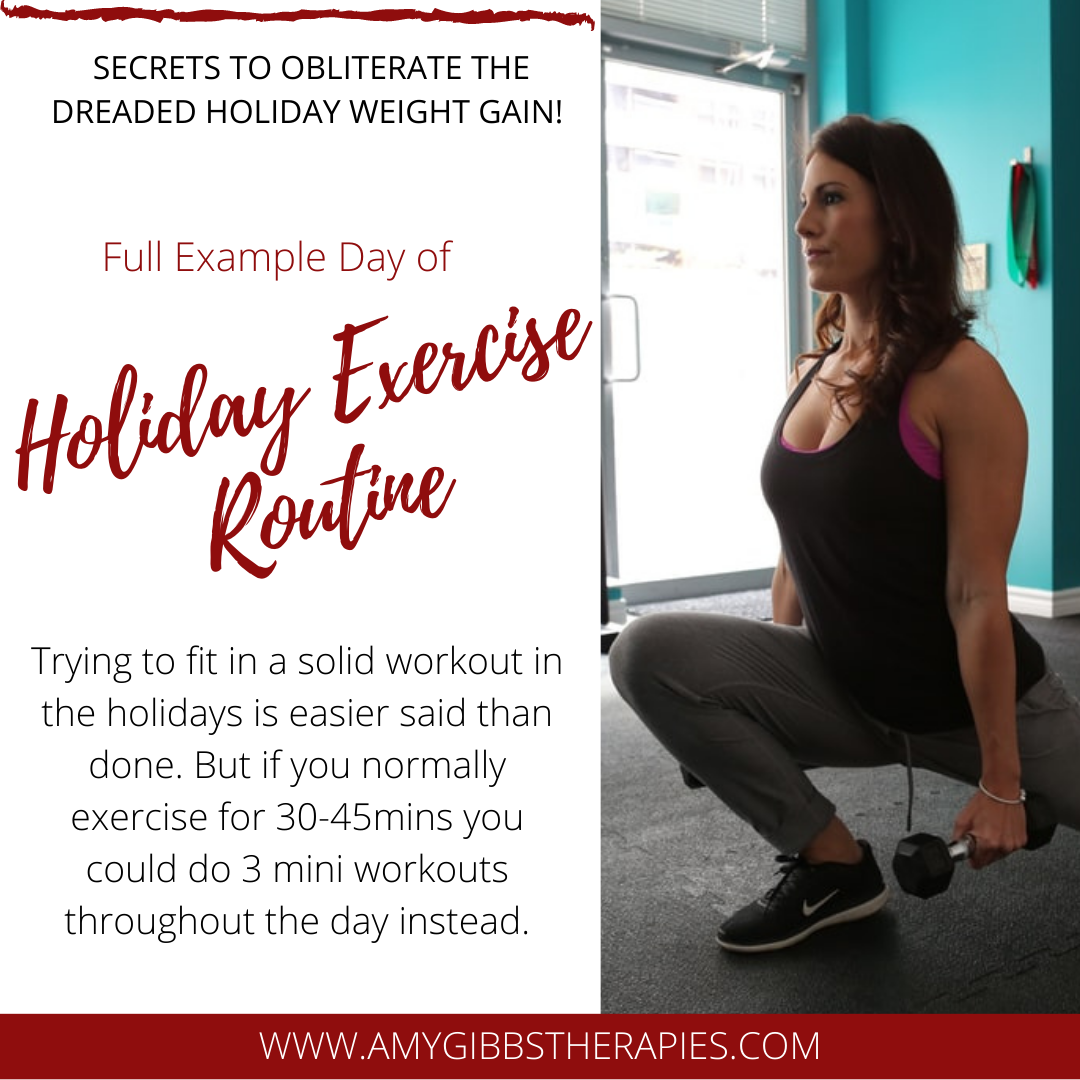
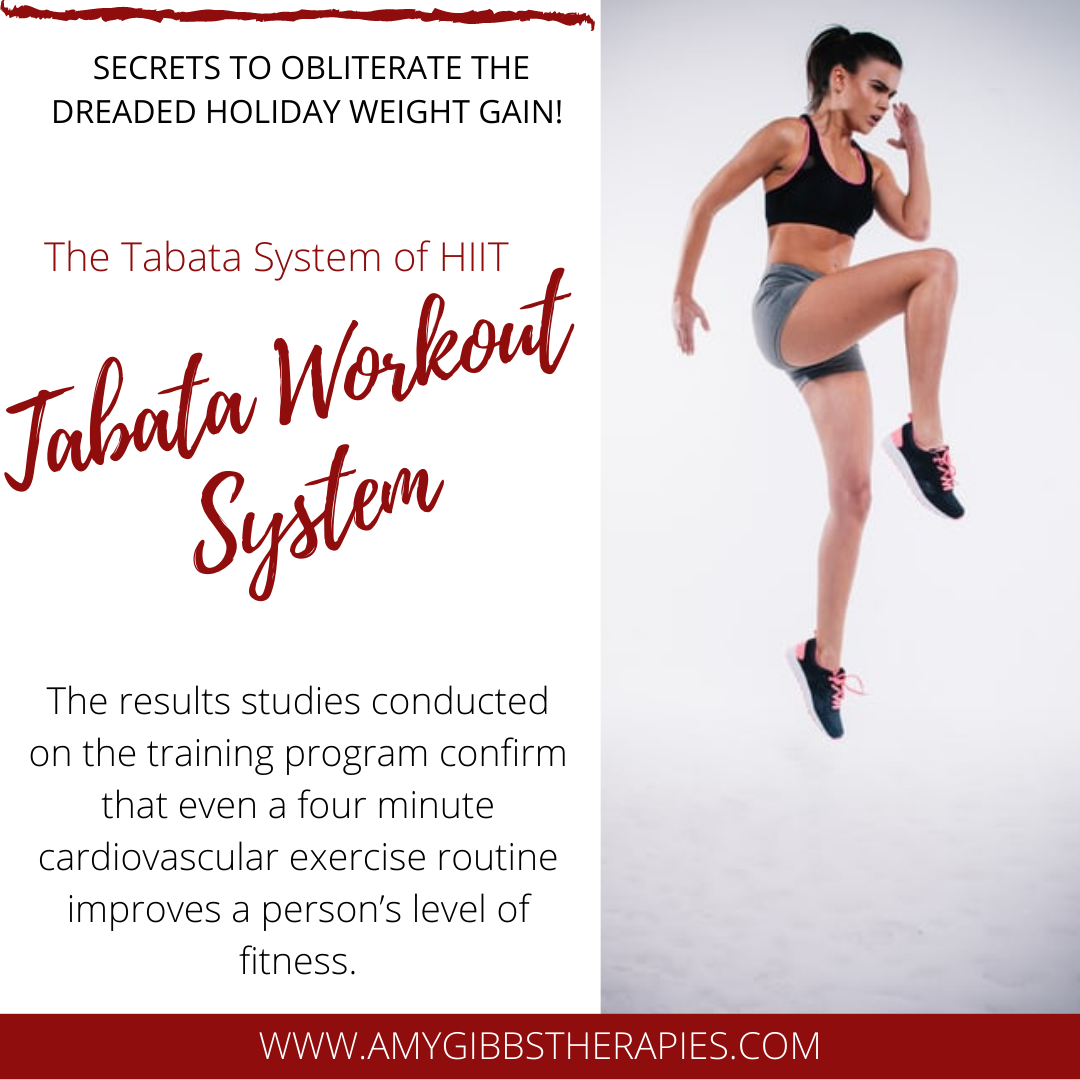
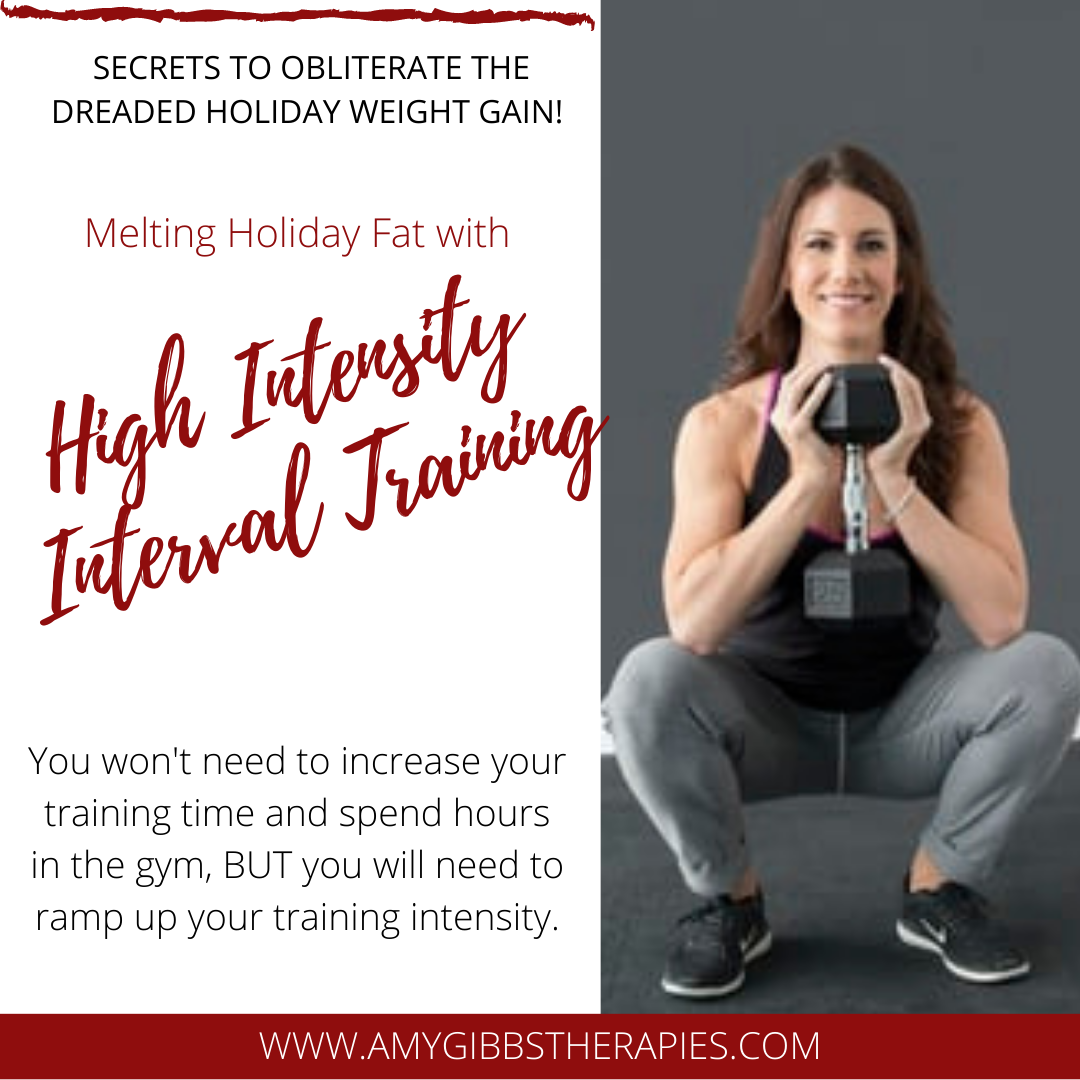
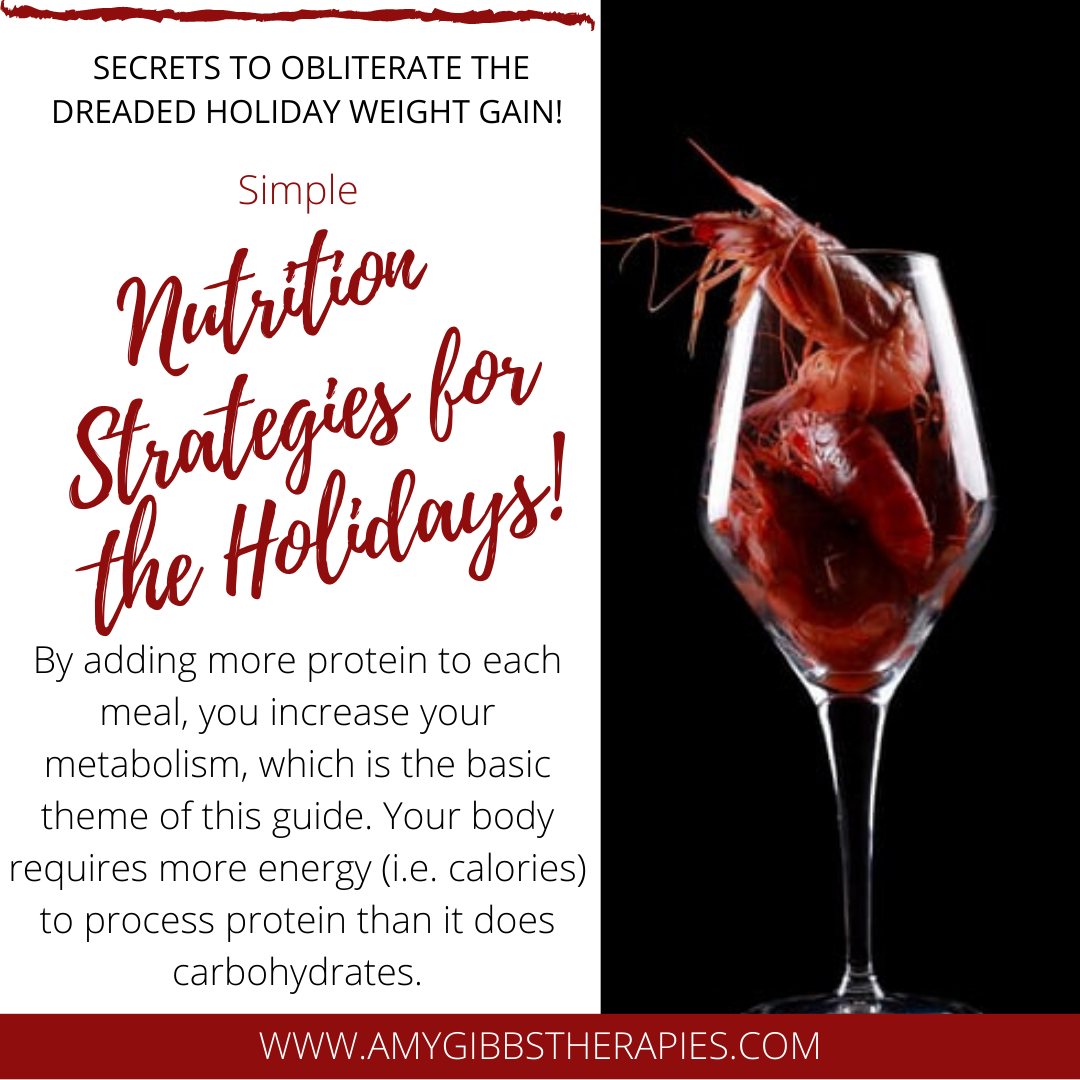



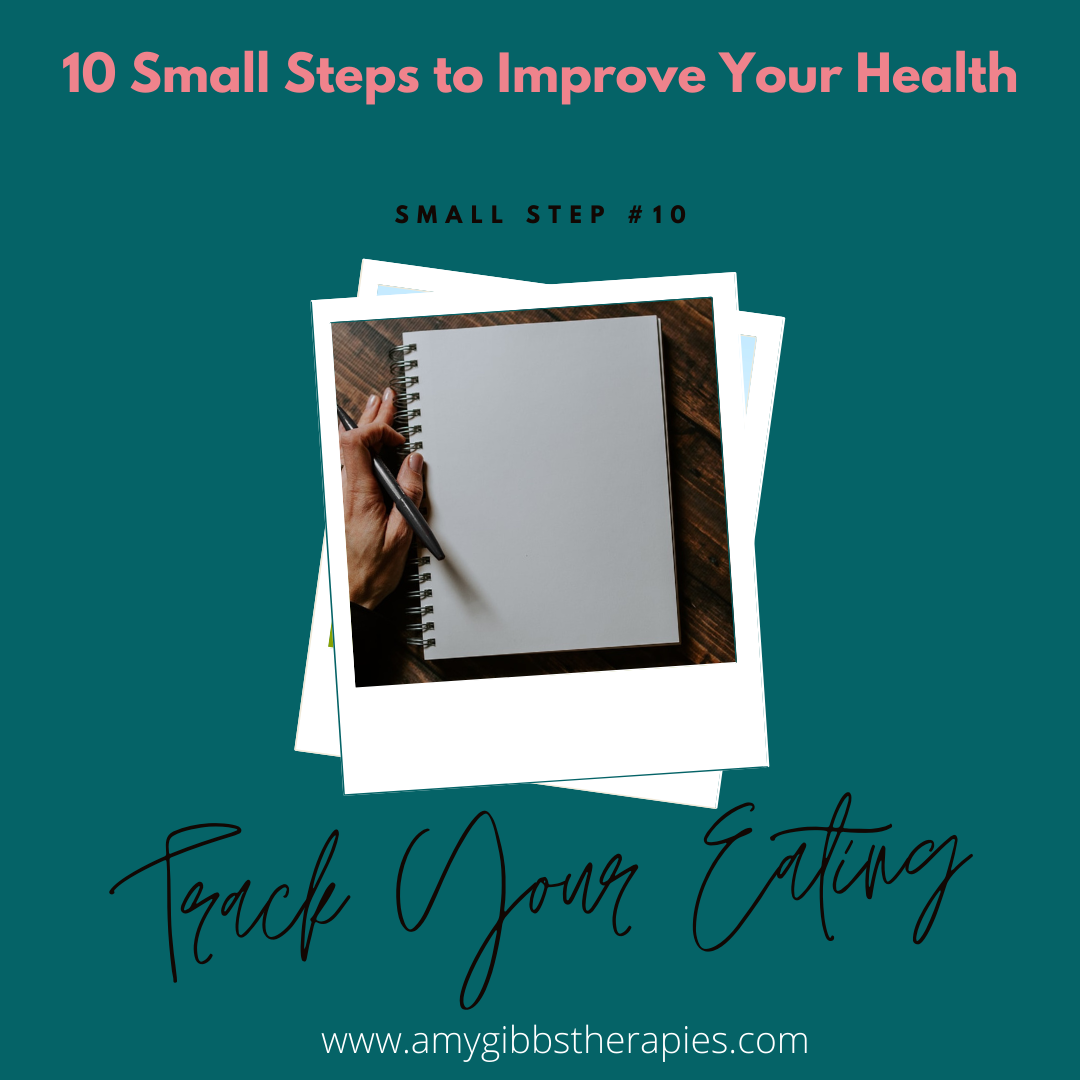
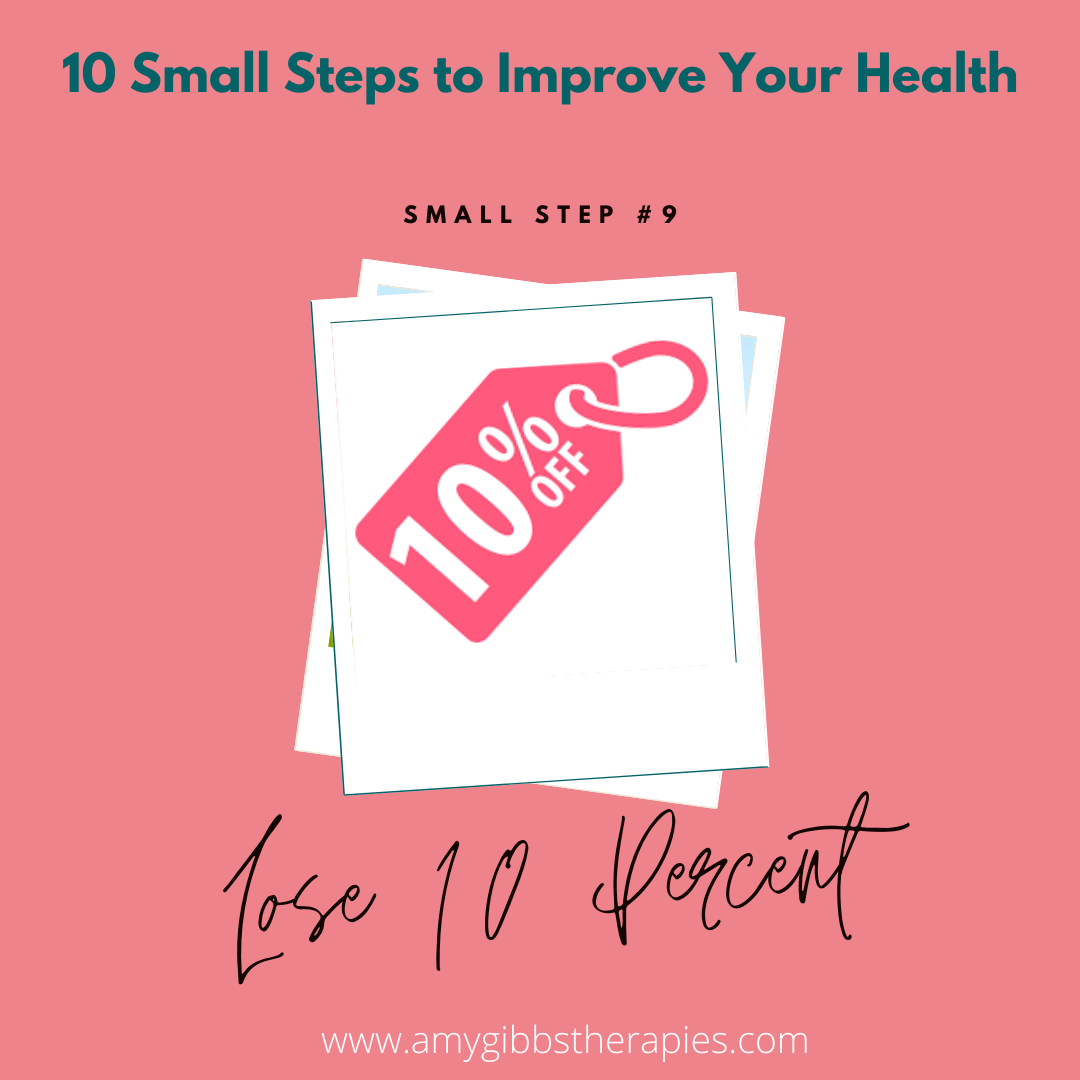
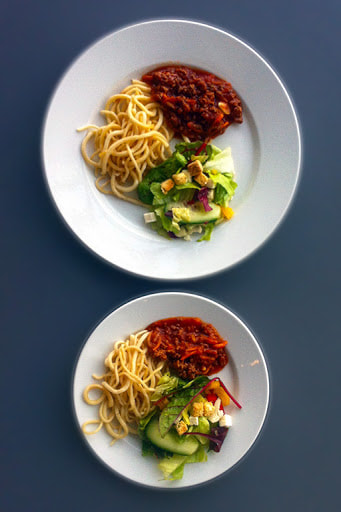
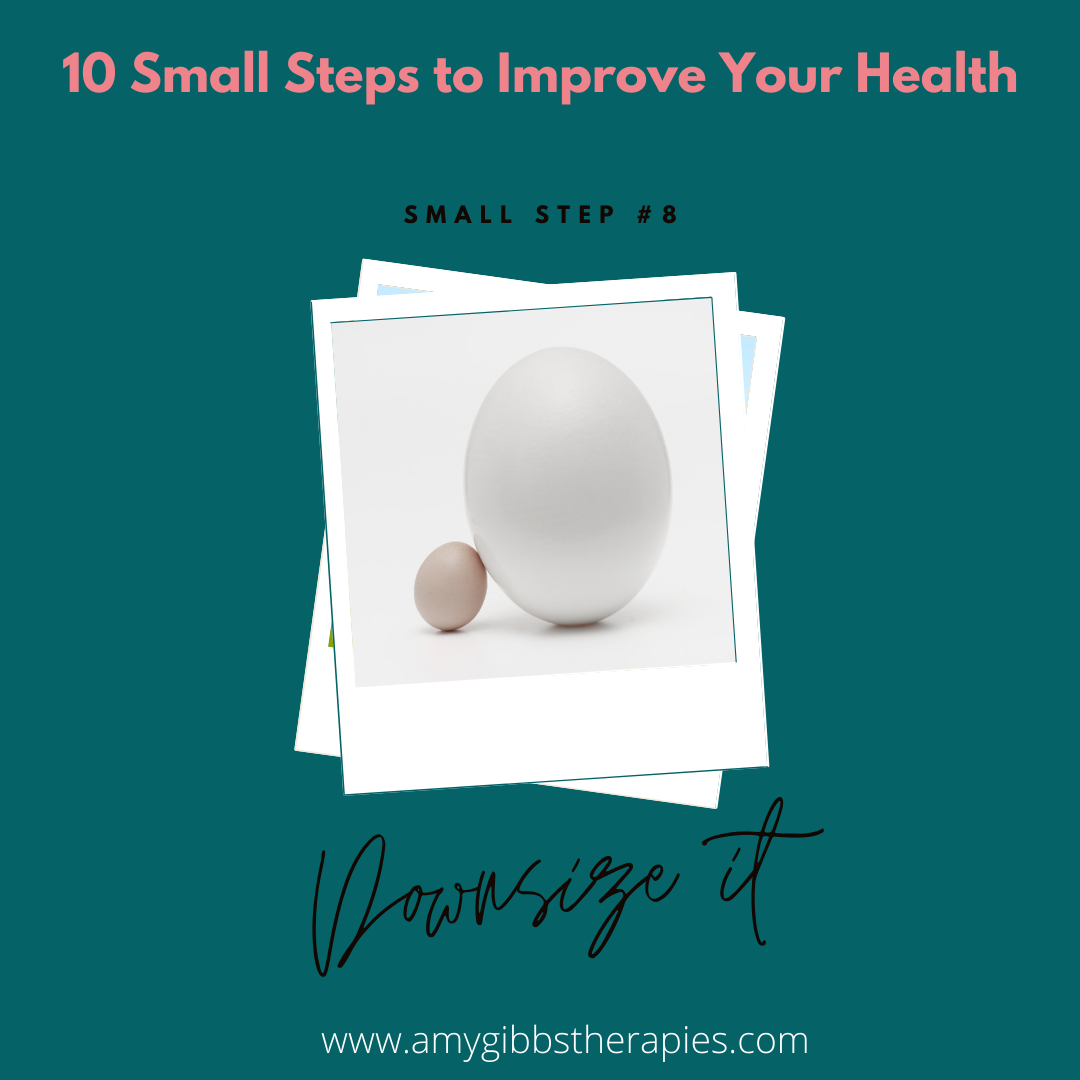
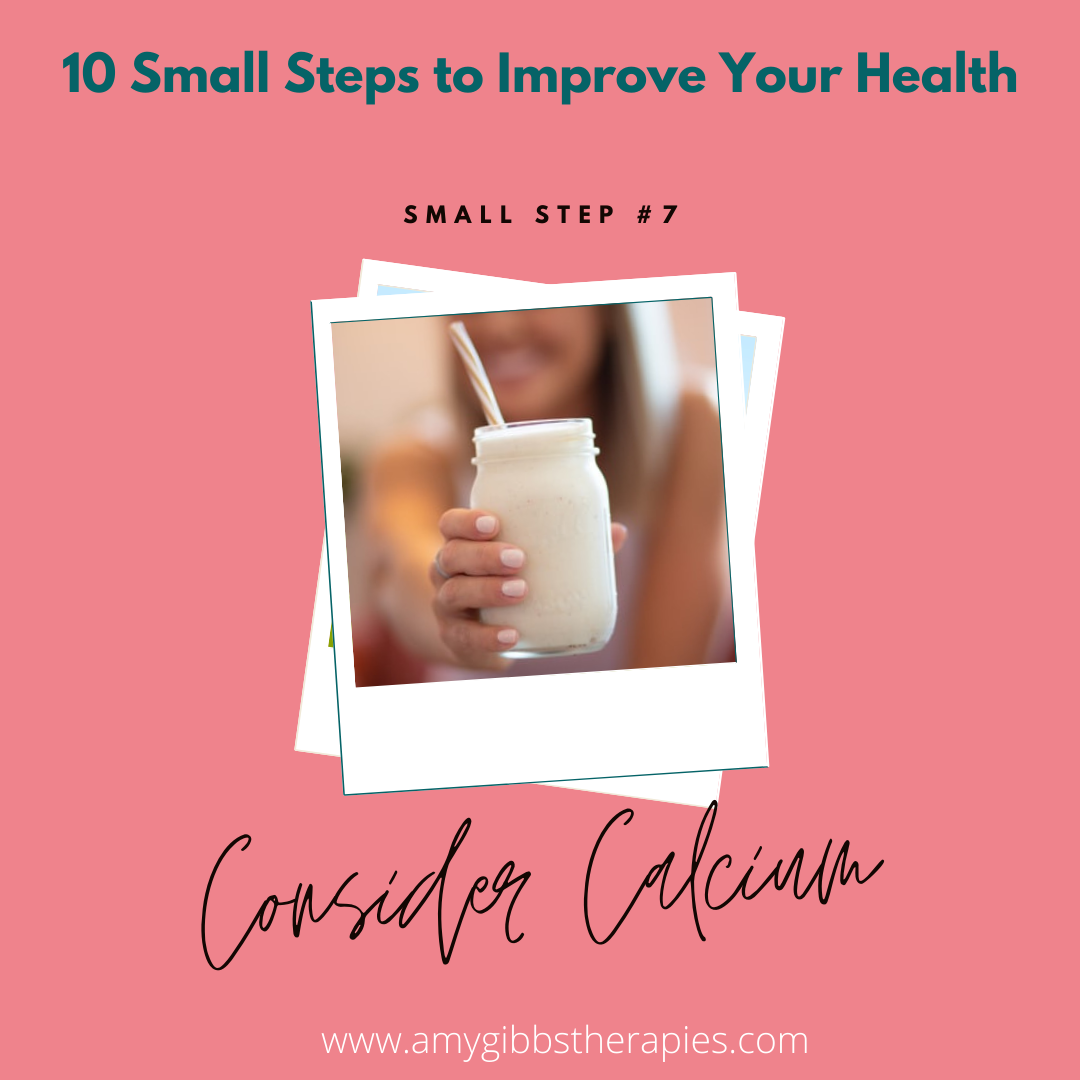
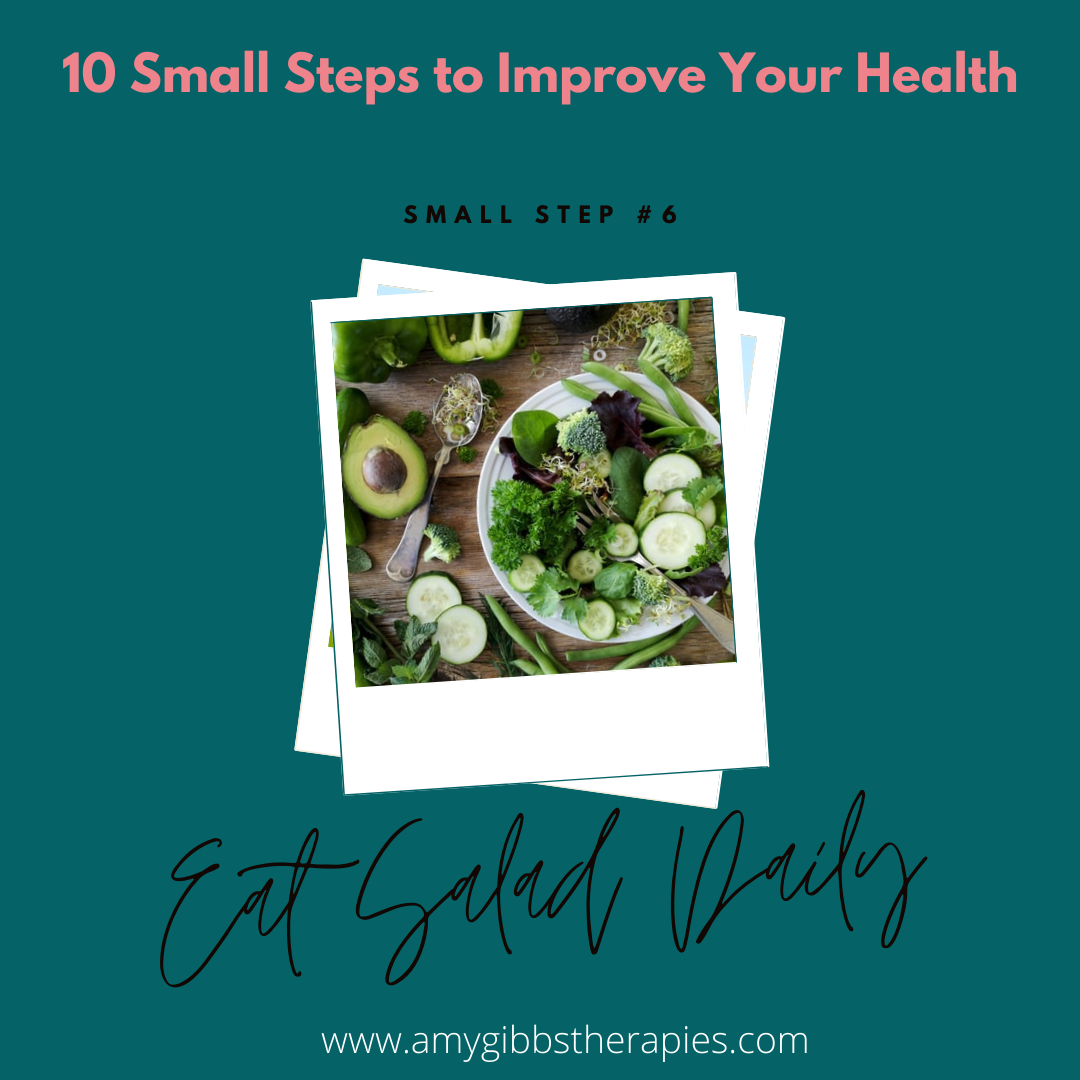
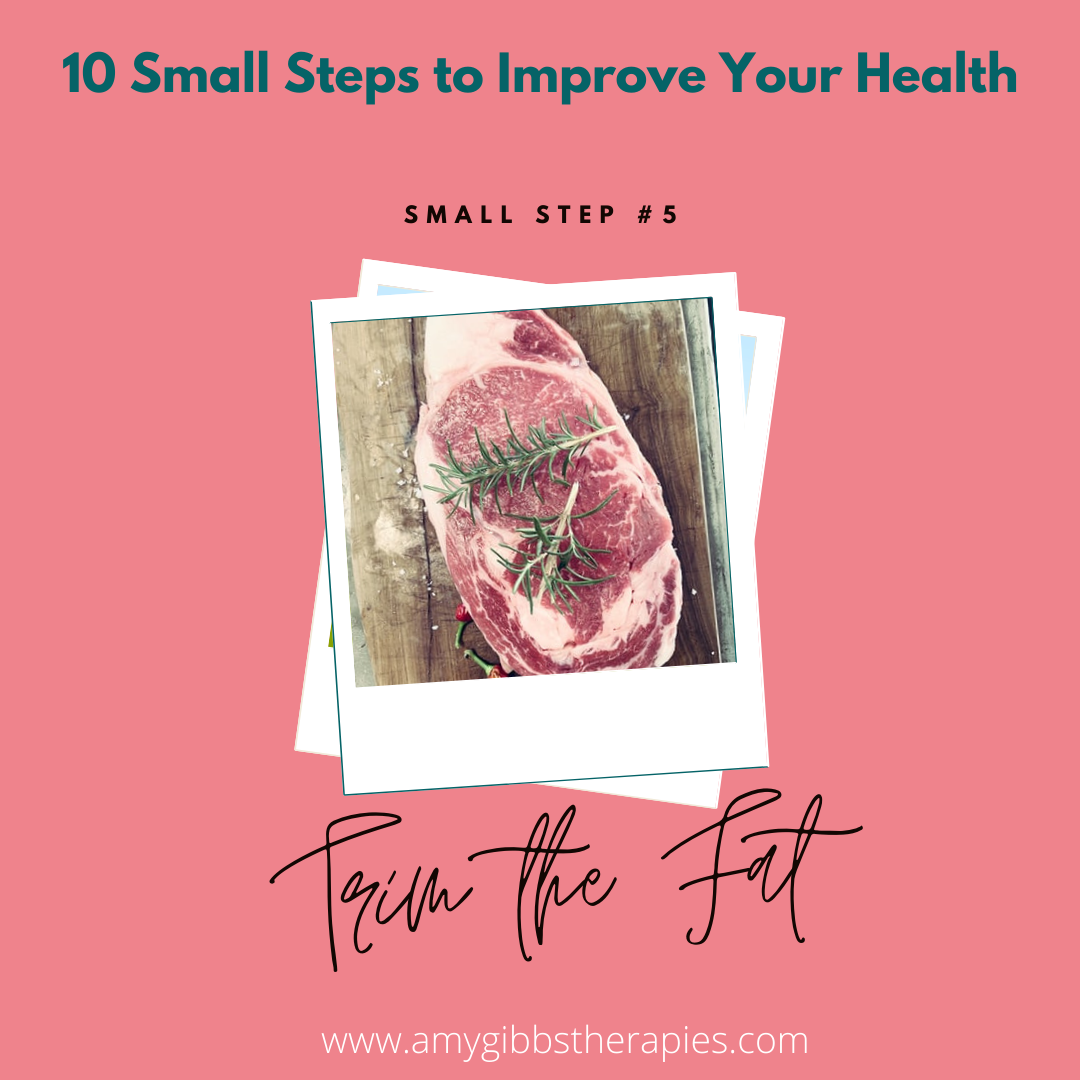
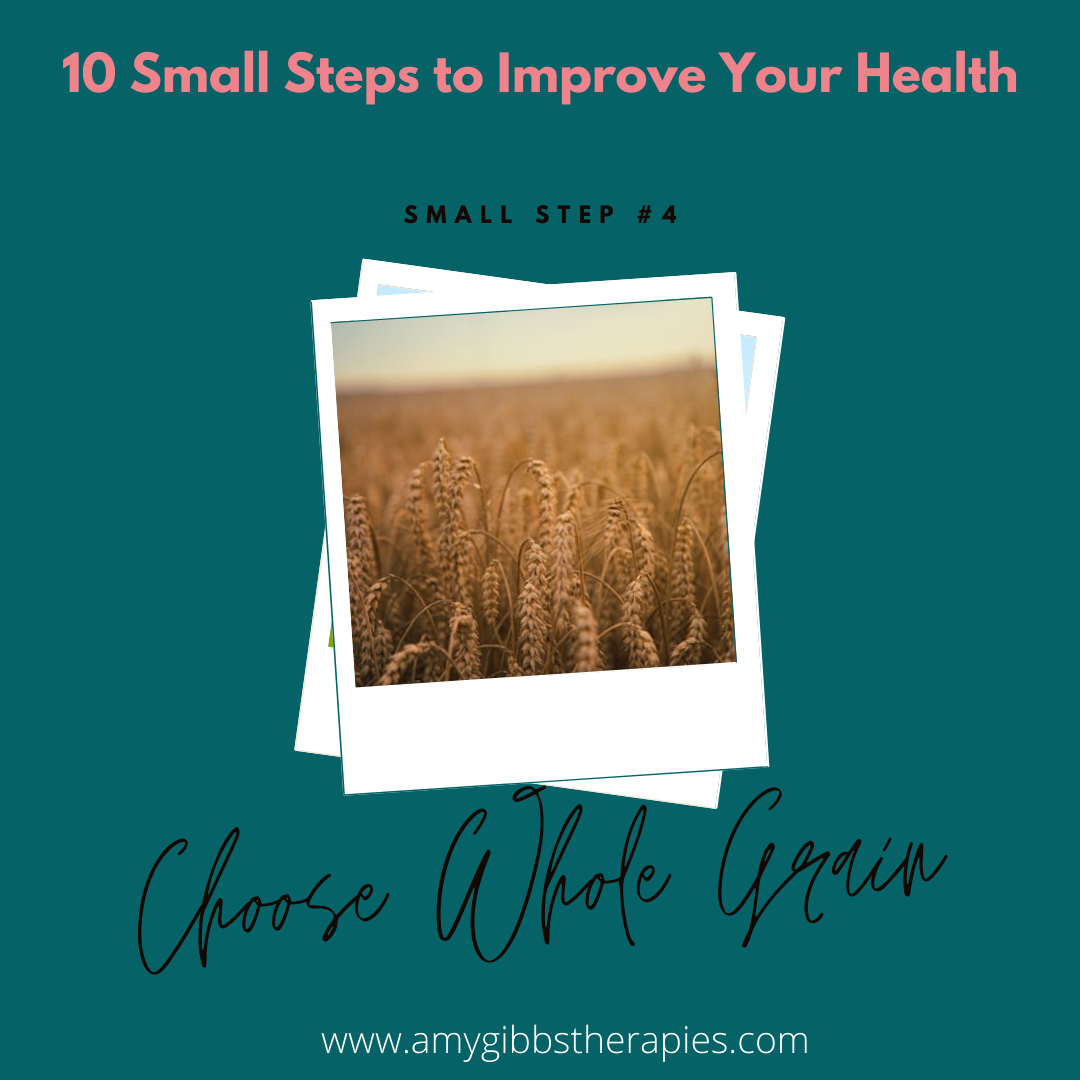
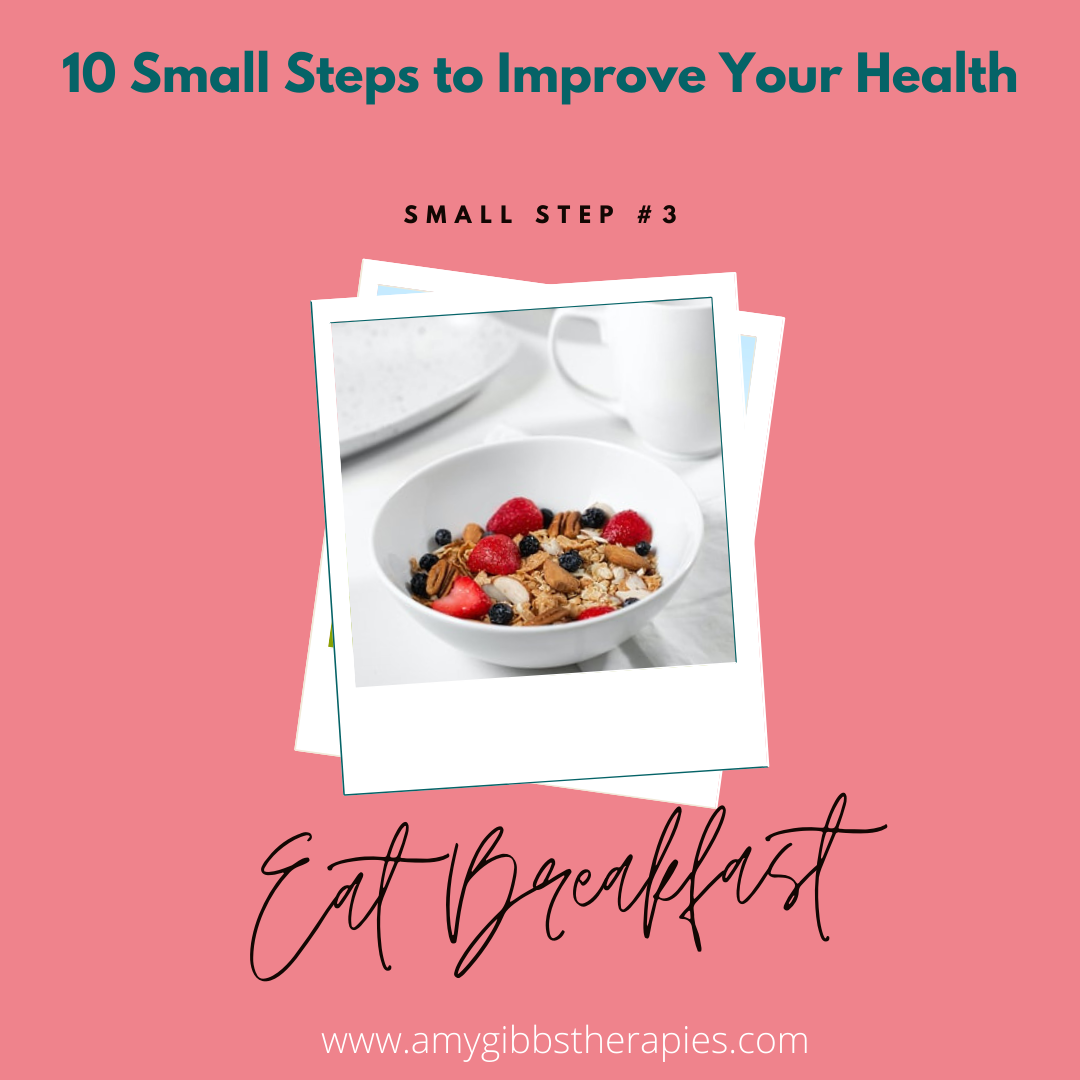
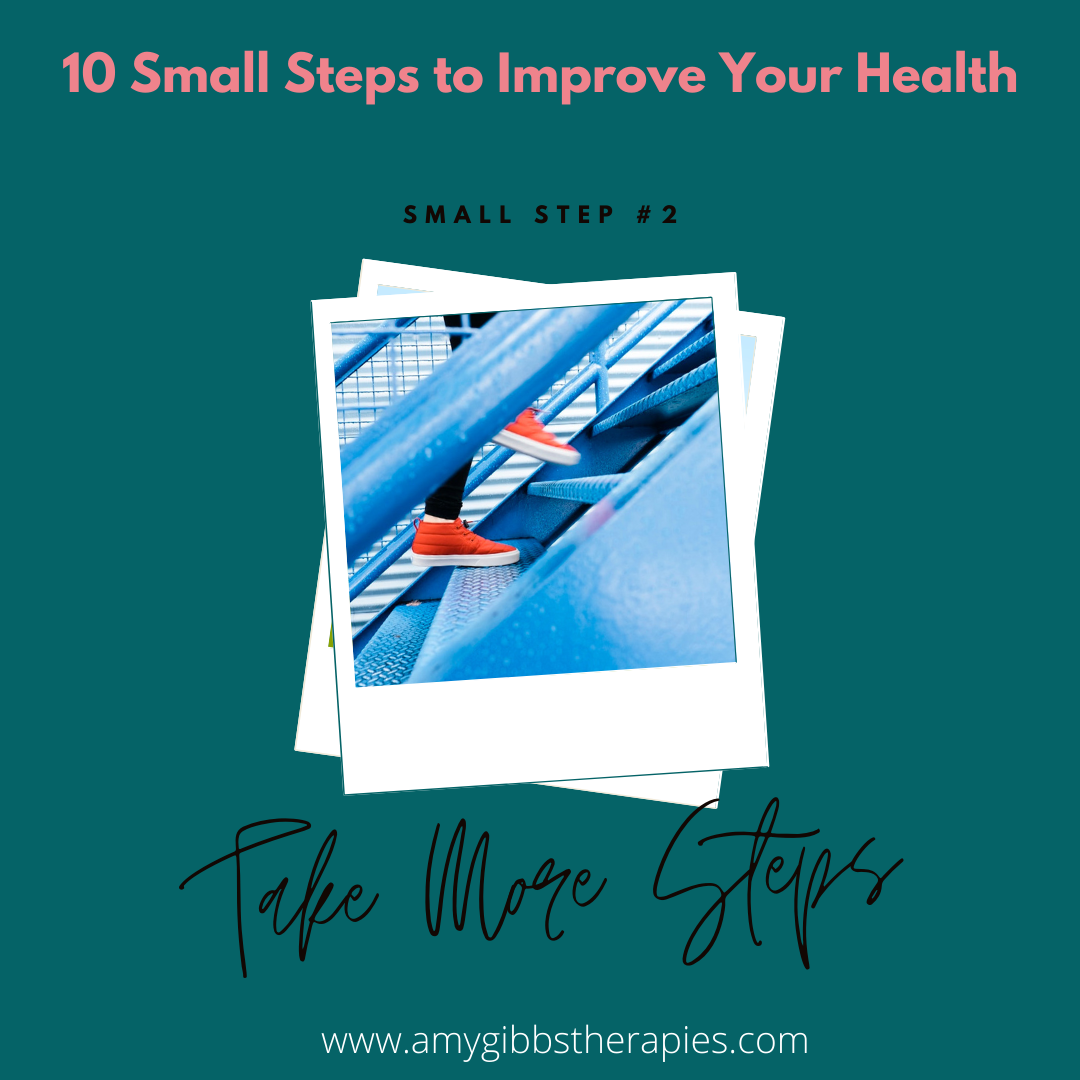
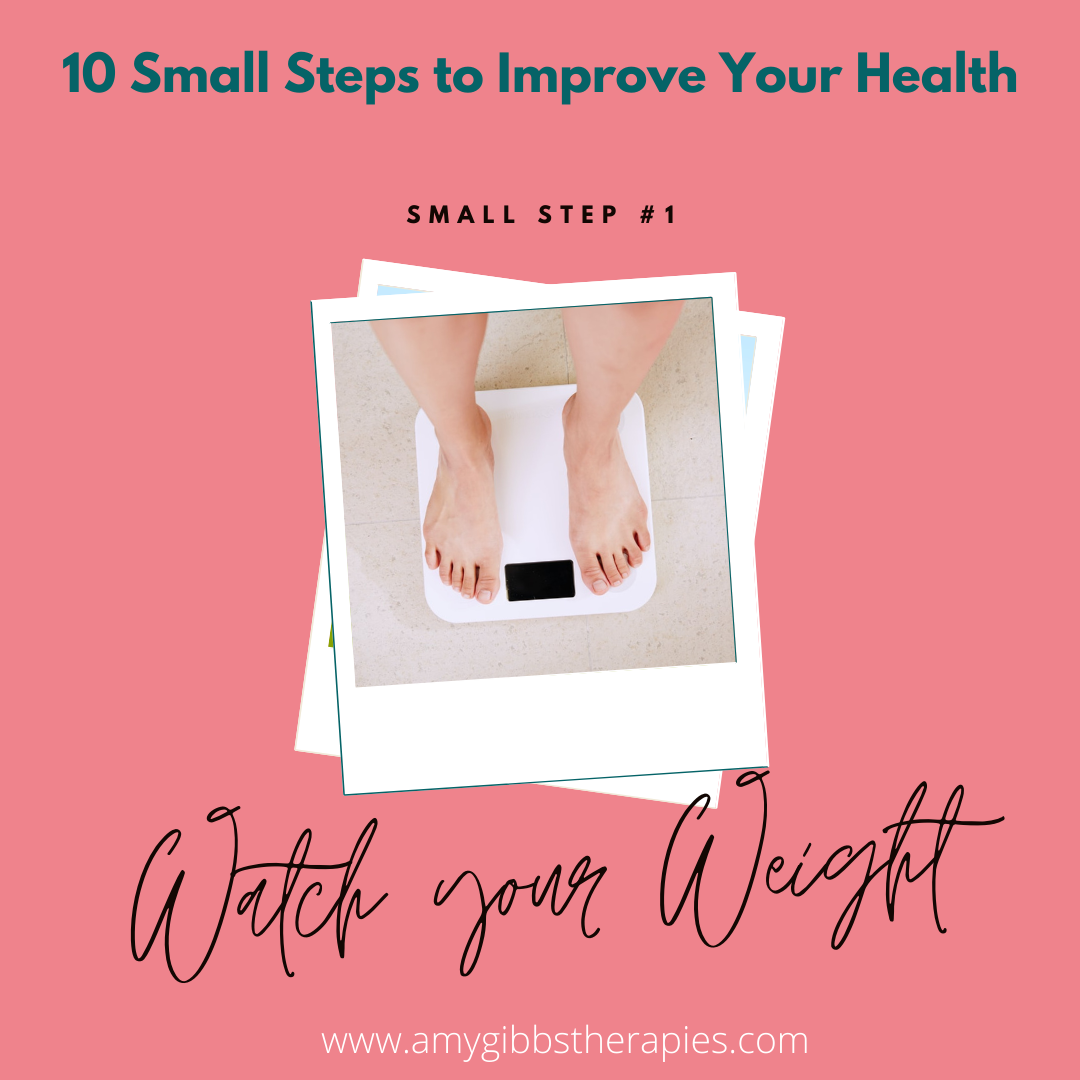
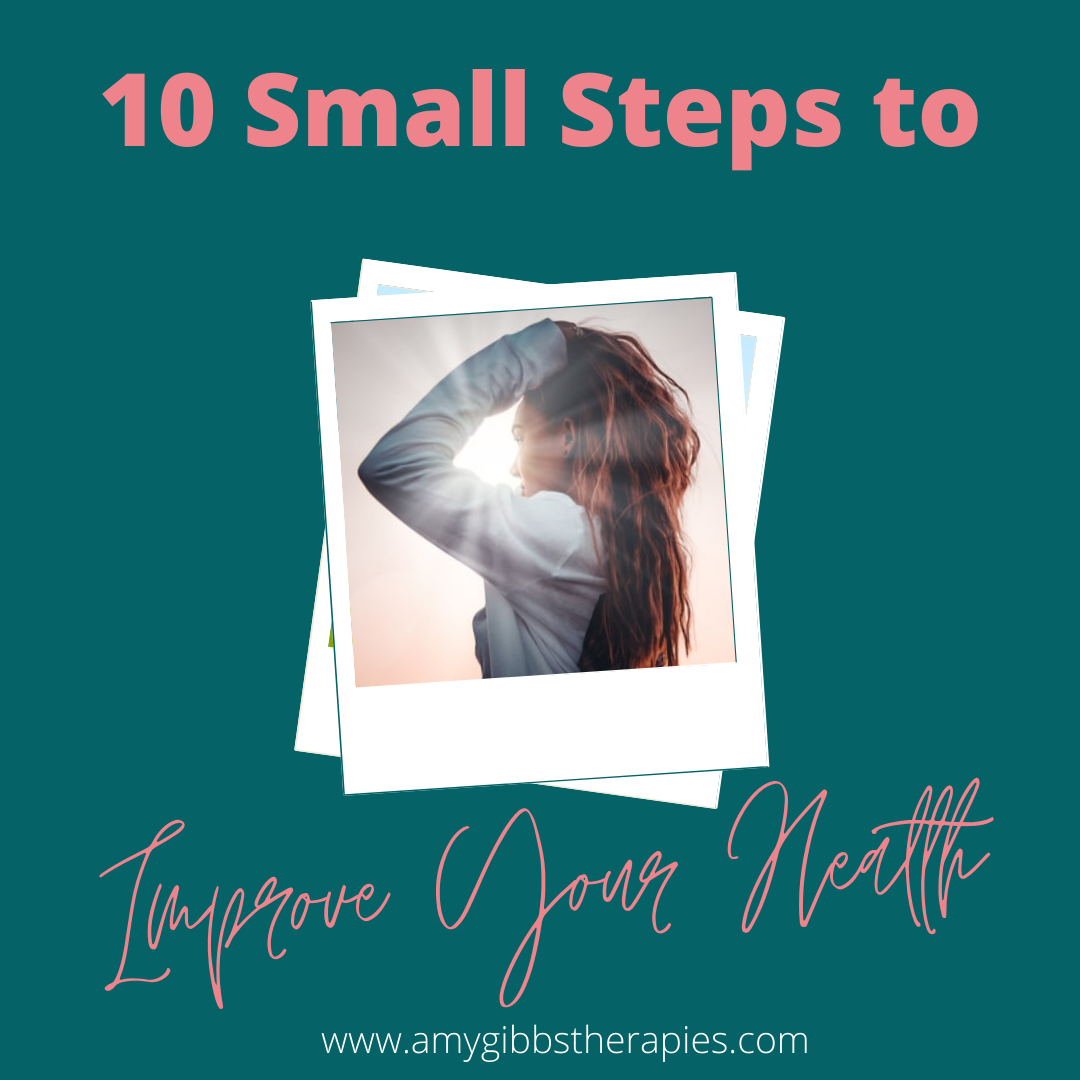
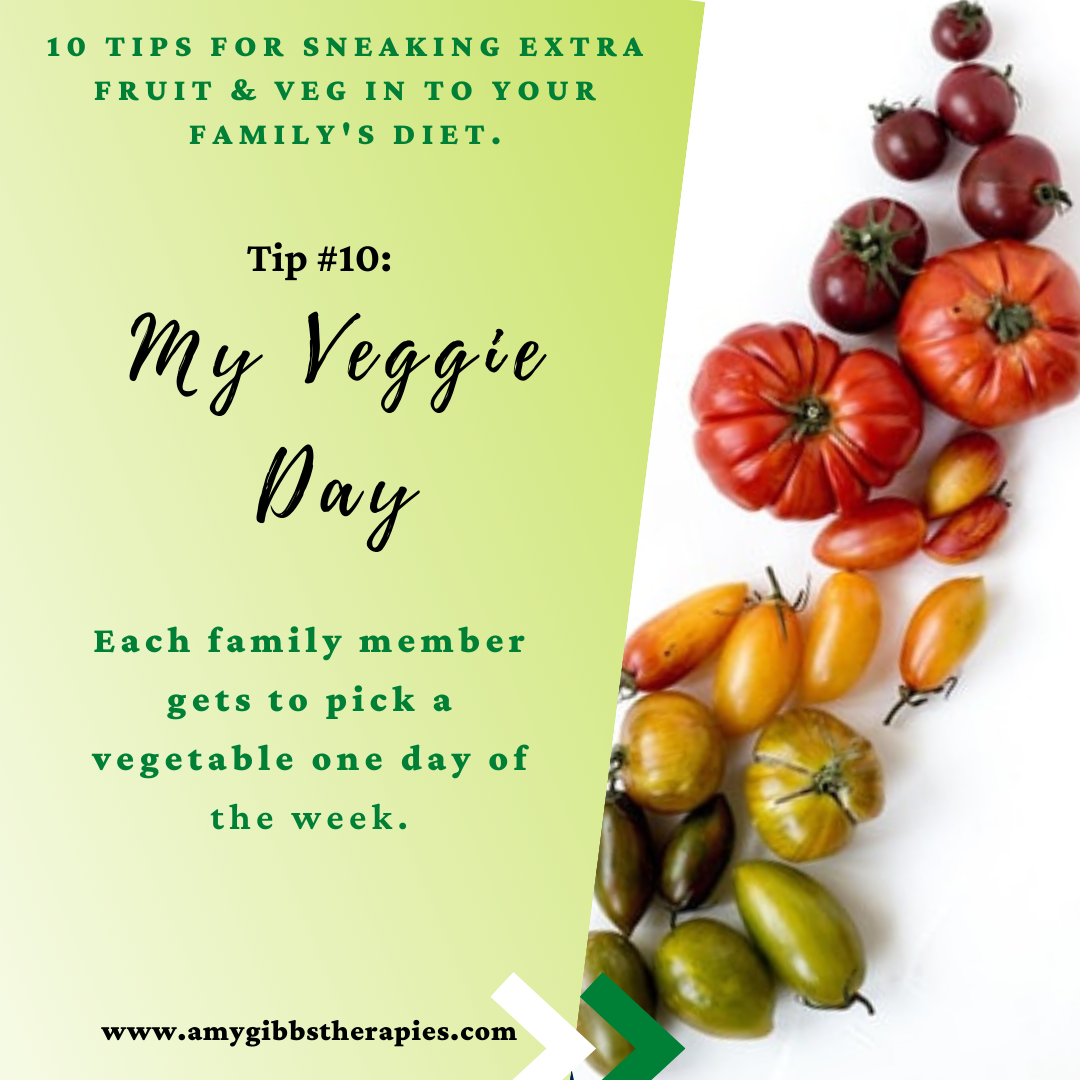
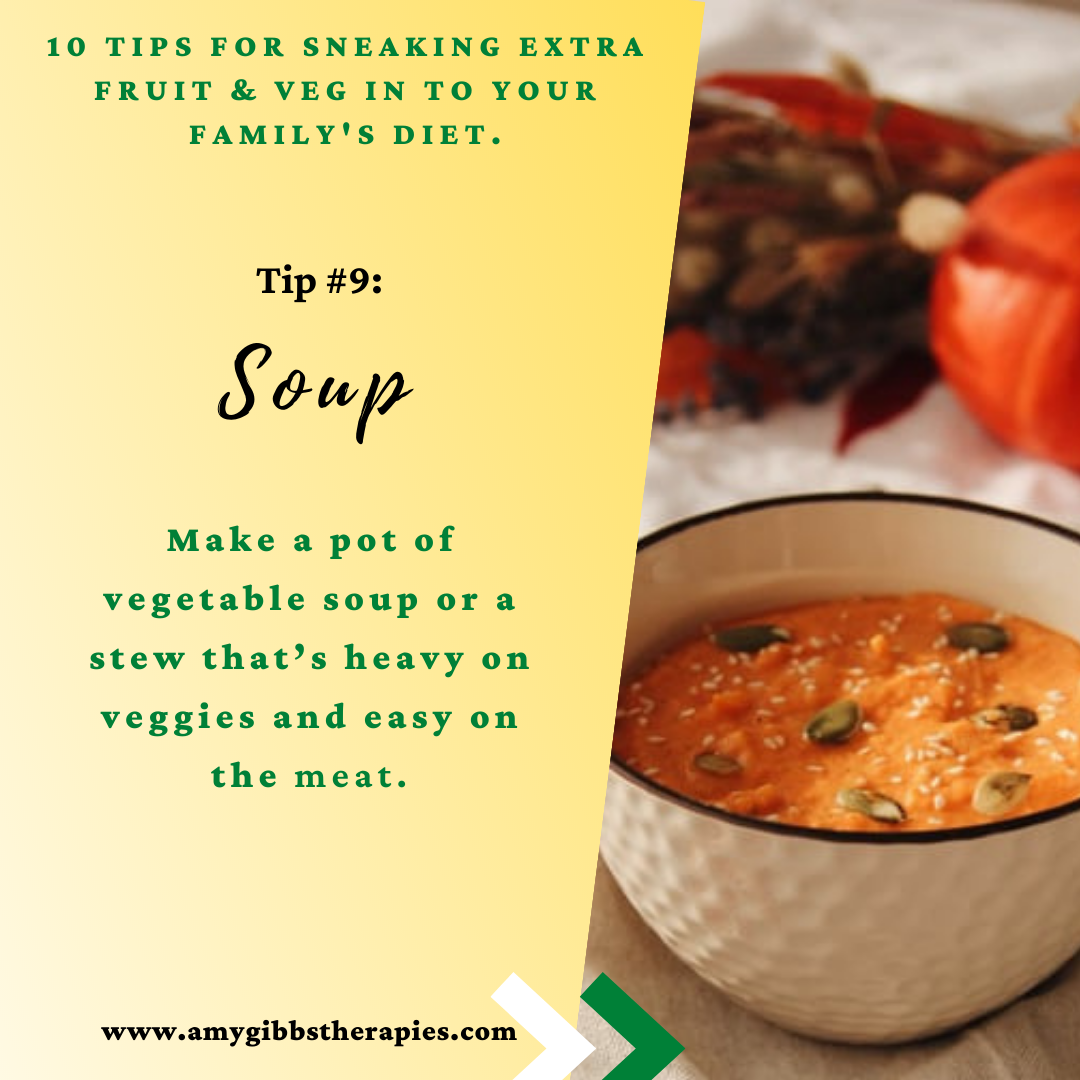
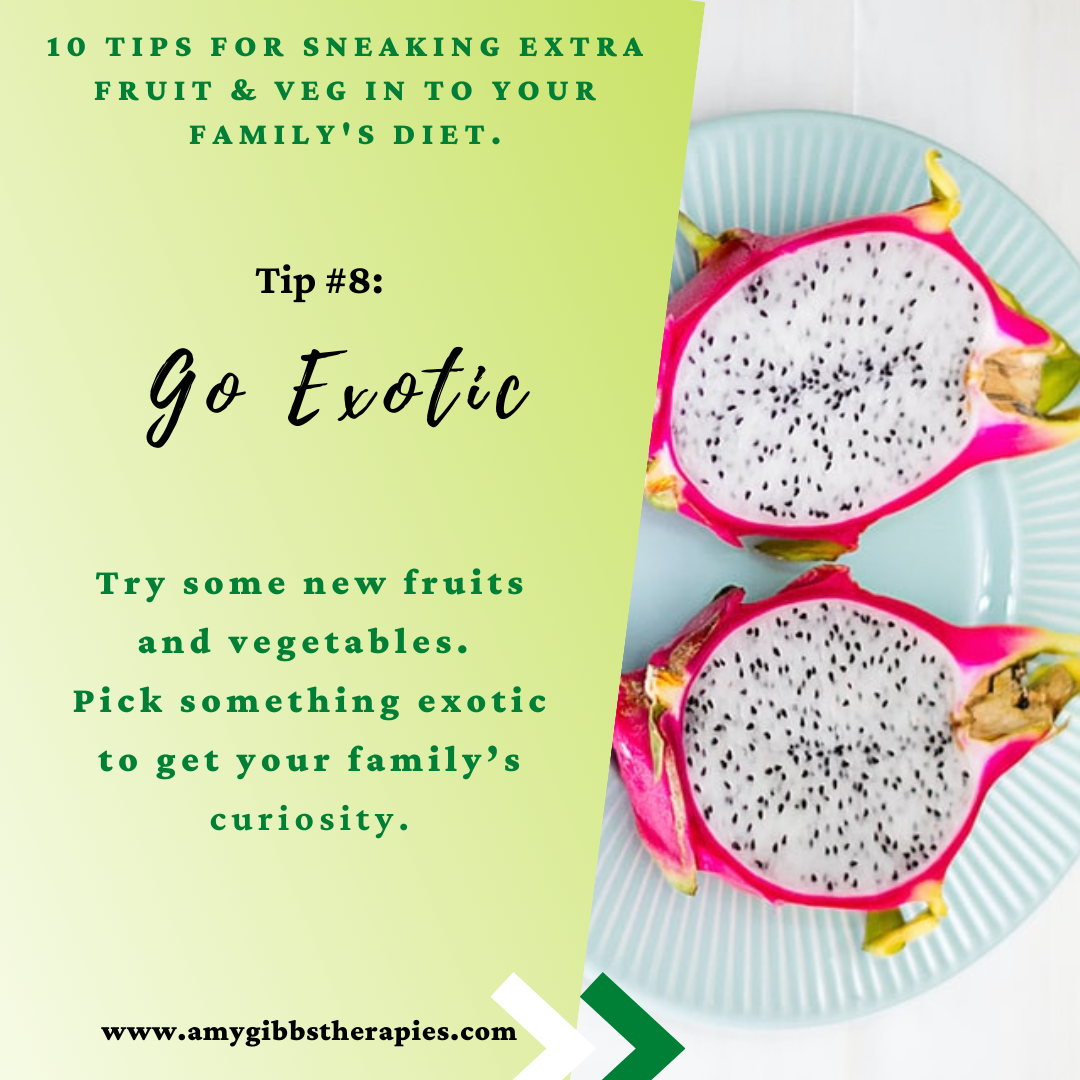
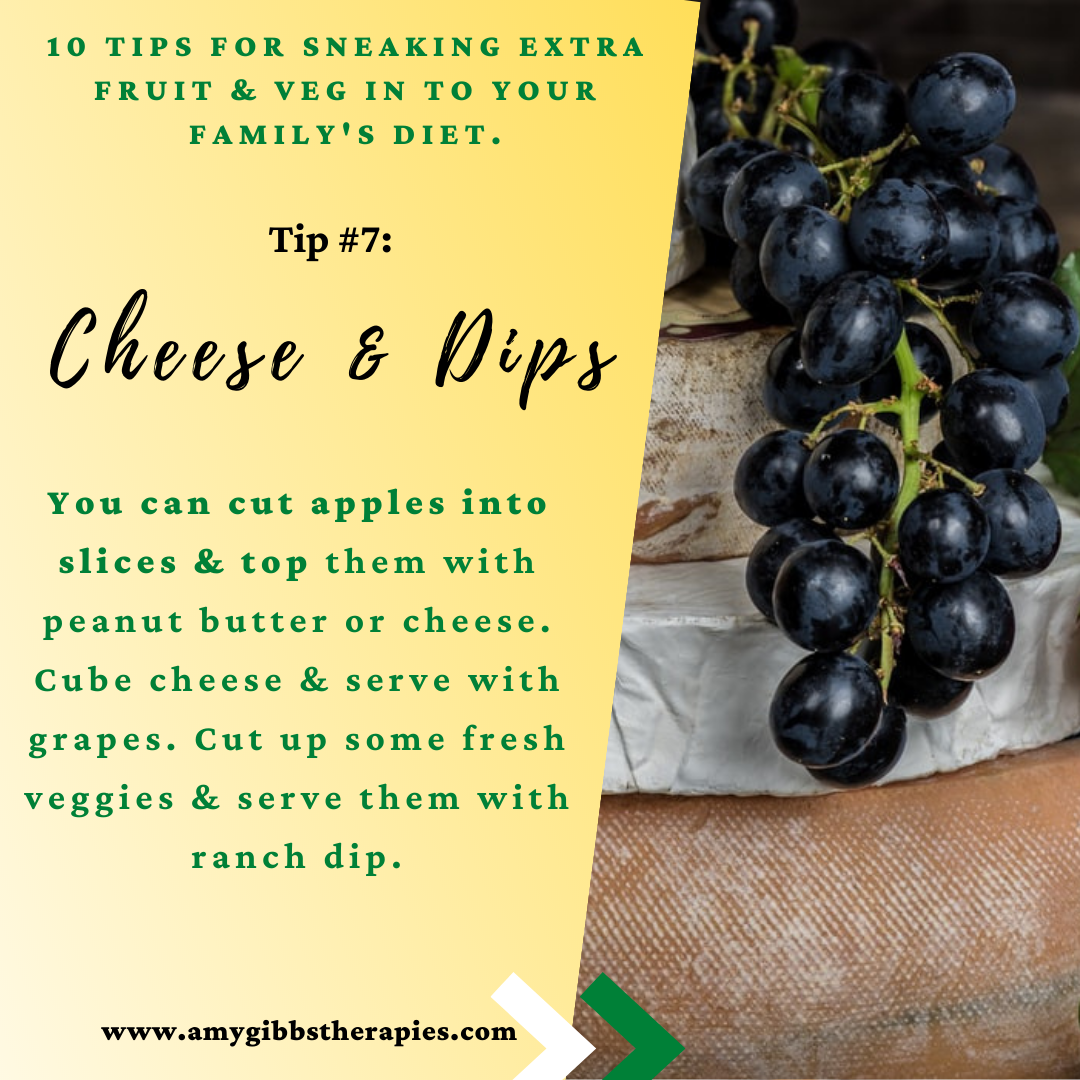
 RSS Feed
RSS Feed